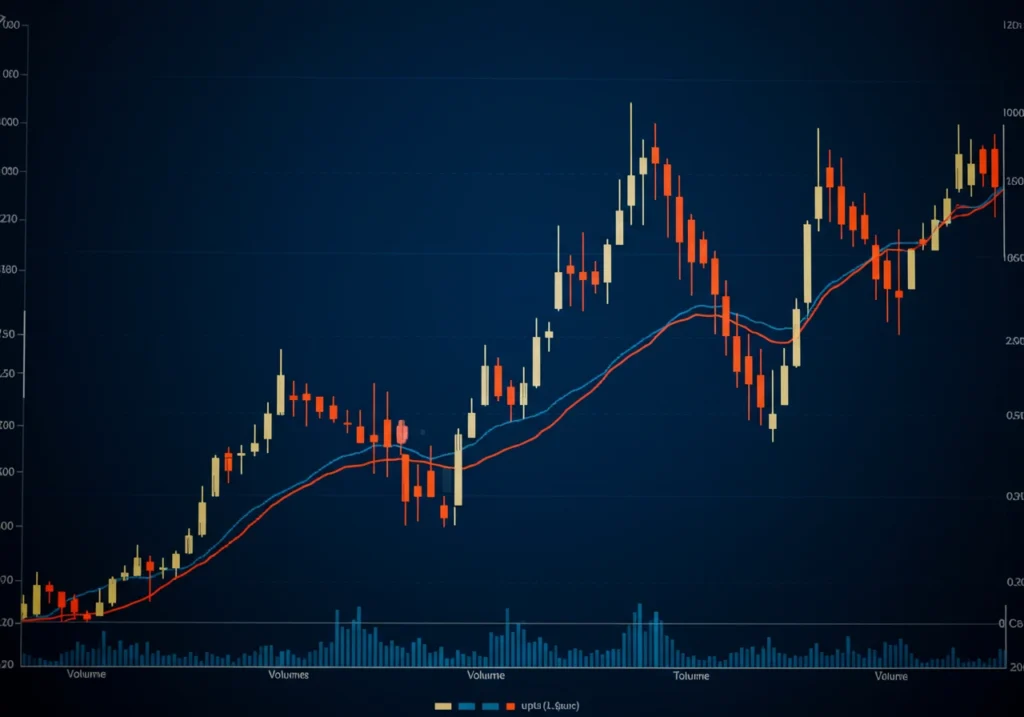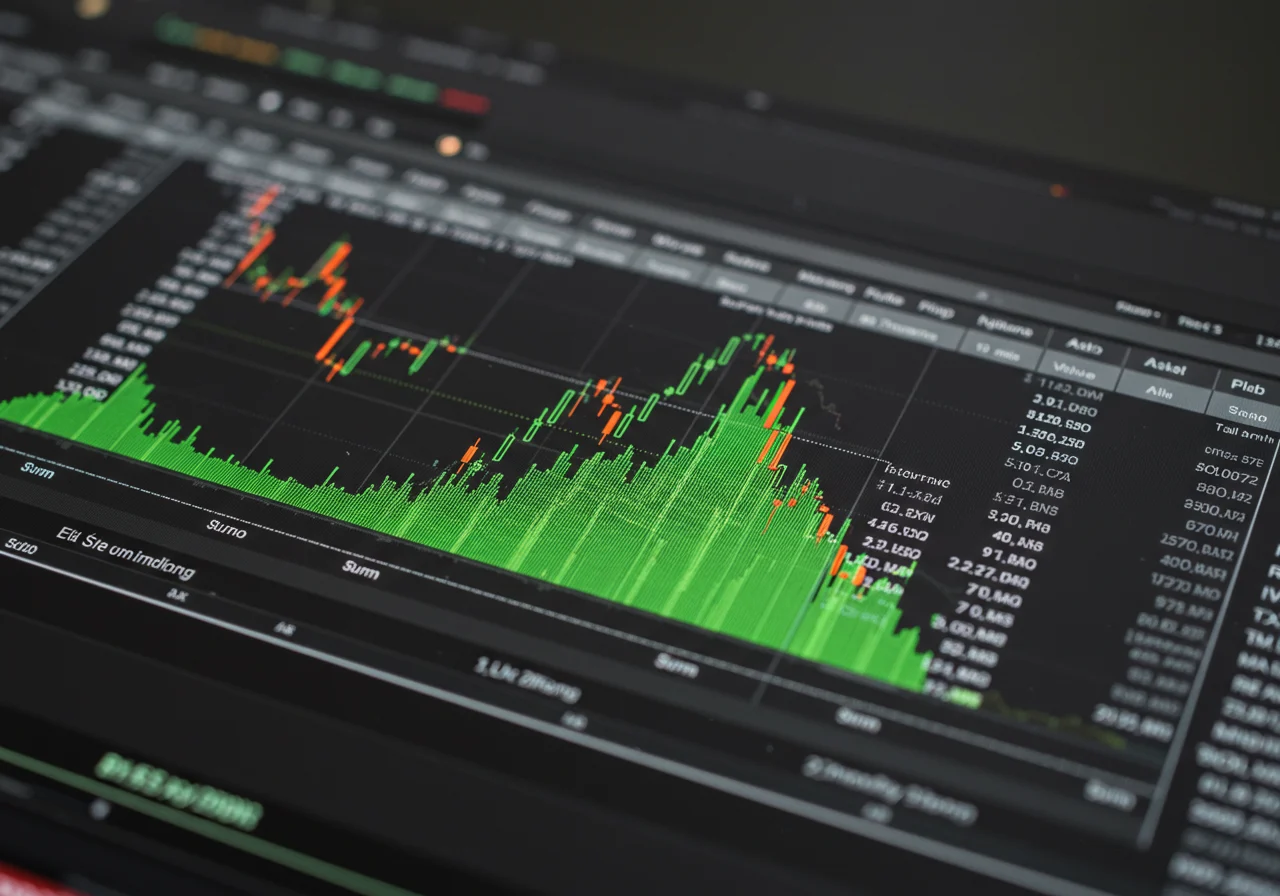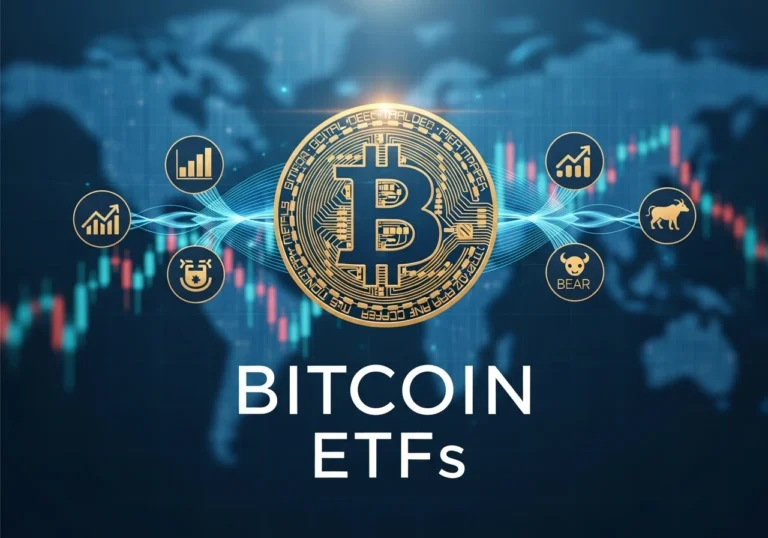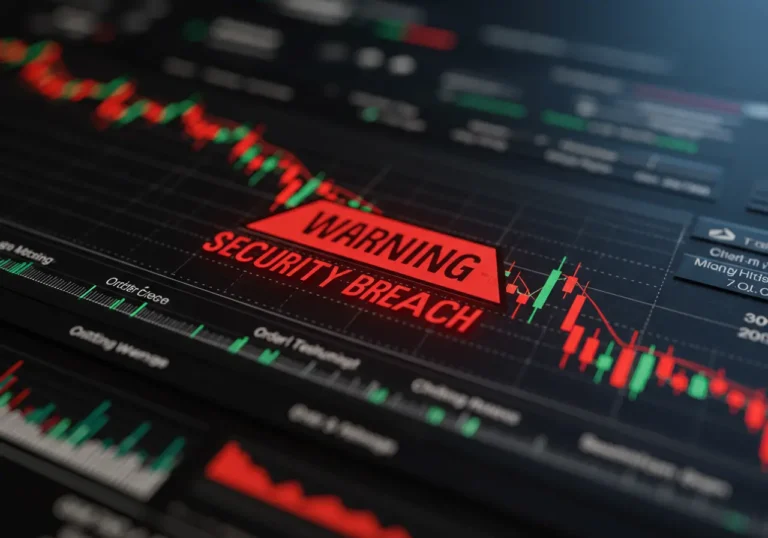Identifying Whales: How to Follow Smart Money
Identifying Whales is about learning simple ways to notice when big investors move. When you can spot their footprints, you make better choices. This article walks you through easy steps, real examples, and practical checks. Think of it as sitting with someone who knows the neighborhood and points out where the important activity happens.
What we mean by “whales” and “smart money”
A whale is a large investor — an individual, a hedge fund, an institutional investor, or a big trader — whose moves can change prices. Smart money is a phrase people use to describe investors who seem to know more than the average trader. They might have better data, more experience, or faster tools. Identifying whales in stock market or crypto markets helps everyday investors learn from their actions, not copy them blindly.
Whales matter because they move lots of cash. A whale buying a stock can push the price up. A whale exiting can make prices fall. Knowing when they act gives you a hint about supply and demand that you won’t find in a normal headline.
Why following big players movements can help — but be careful
Watching big investors is not magic. It can give clues but not guarantees. Big players are sometimes right because they gather more information. Other times they take risks that fail. Following them blindly — without your plan — can lead to losses.
Still, Following big players movements is a useful skill. It helps you see when a move is backed by money, not just chatter. It can show where to look for opportunities, or when to avoid risky trades. Think of it as adding another tool to your toolbox, not the only tool.
Simple signals that show whale activity

You don’t need a finance degree to notice certain patterns. Here are clear signs that smart money investments tips often point to:
- Large one-time trades: A sudden big buy or sell at market price can lift or drop the price noticeably.
- Order book walls: In markets with order books, big buy or sell orders sitting far above or below the current price hint at institutional interest.
- Block trades and dark pool prints: Special trade types executed off the public market can show that institutions are moving quietly.
- Unusual volume spikes: When volume soars without obvious news, whales may be entering or exiting.
- Concentrated holdings: On-chain or on-register data that shows a few wallets or accounts hold most of the tokens or shares.
- Options open interest changes: Large options positions can signal that a hedged institutional trade is underway.
Spotting these patterns is the start of Detecting institutional investors activity and Tracking hedge funds trades in a simple way.
Tools anyone can use to spot whales
You don’t need expensive systems to begin. Here are accessible tools that help you watch smart money:
- Market scanners and alerts: Many broker platforms let you watch for unusual volume or big trades. Set alerts for size thresholds you care about.
- Order book viewers: For stocks, crypto, or other assets, look at the depth of the book to see large orders.
- On-chain explorers (for crypto): These show large wallet movements and token holders. They are public and free to use.
- Financial news and filings: For stocks, 13F filings (US) show large institutional holdings over time. Big filings reveal who recently bought or sold.
- Options and derivatives dashboards: Tools that show big options flows and changes in open interest help detect complex moves.
- Whale-watching communities and dashboards: Some sites label large wallets or trades in real time. Treat these as tips, not facts.
Combine a few of these so you see the full picture. Each tool shows one part of the story.
A step-by-step way to follow smart money
Here is a simple routine you can use regularly:
- Pick the market or asset you care about. Keep it focused.
- Watch volume and price together. If price jumps and volume is heavy, something real may be happening.
- Check recent big trades. On your platform, look for the largest trades in the past hour or day.
- Look for concentration. Are a few holders owning most of the supply? That’s important to know.
- Search for related options or block trades. Large derivative moves can signal hedged positions.
- Check news and filings. Did a fund file ownership or did a company announce something? Context matters.
- Decide your action with rules. If you trade, set position size and exit rules in advance. Don’t chase.
This routine turns noisy signals into manageable steps. It helps you respond, not react.
Practical example: spotting a whale in a stock
Imagine you follow Company X. Its stock is quiet. Then you see a huge volume spike and a sharp price jump during the day. You do the routine:
- Volume up 10x, price up 7%.
- Look at the trade list: several block trades of large size executed at a small premium.
- Check options: big open interest in call options at a nearby strike.
- Look up filings next day: a fund disclosed a new position.
This pattern suggests institutional interest. At that point you might watch for follow-through in the next days. If you buy, set a small position and protect it with a stop. If you already hold, you might hold and watch unless more negative signals appear.
Tracking hedge funds trades and 13F filings
For US stocks, large institutions file 13F forms quarterly. These show holdings at quarter end. They don’t show intraday moves, but they reveal where institutional interest is growing or shrinking.
How to use filings practically:
- Look for new additions by big funds to a stock you follow.
- Watch for increases in position size over multiple quarters. That signals conviction.
- Combine filings with price action; filing alone is slow, but it’s useful for longer-term signals.
Remember filings are delayed. Use them for medium-term insight, not instant trading signals.
How to interpret on-chain “whale” signals in crypto
In crypto, you can see wallets and transfers openly. That gives you power, but also noise. Key tips:
- Watch large wallet inflows to exchanges — that can signal selling.
- Watch large transfers into cold wallets — that can signal accumulation or security moves.
- Watch token-holder concentration — if few wallets own much, price moves can be sharp.
- Check token approvals and contract interactions — big smart money often uses complex contracts.
On-chain data helps Identifying whales in stock market style behavior in crypto, but remember: wallet identity often hides true owner. Still, patterns matter.
Signals that are not whales — avoid false positives
Not every big trade means a whale signal. Be cautious about:
- Market makers: They trade big volumes to provide liquidity; their trades can look large but are not directional.
- Algorithmic rebalances: ETFs and funds rebalance and cause big flows on dates. These are routine.
- Low-liquidity quirks: Small markets show big moves from regular-sized funds; that’s not a big player’s unique insight.
- Pump groups: Coordinated retail pumps can mimic whale behavior but often reverse quickly.
Learning to spot these non-whale causes prevents mistakes.
Smart money investments tips for safer following
If you use whale signals to inform actions, do it with a plan:
- Position size carefully. Even if a whale moves, you don’t know their timeline. Keep small positions.
- Combine signals. Use volume + order book + filings + news. Multiple confirmations are stronger.
- Set rules for profit-taking. Decide what gains you will lock and how much you will leave to run.
- Protect with stops. Use stop-loss orders to limit downside.
- Avoid leverage. Big players often use leverage in ways retail traders should not.
- Think timeframe. Whales can be long-term or short-term. Your plan should match their likely horizon.
These Smart money investments tips are practical and concrete.
Ethical and practical cautions
Following whales is useful, but do not try to copy large trades blindly. Big investors have resources and risk tolerance you may not. Also avoid front-running or trying to manipulate; that’s unethical and often illegal.
Be honest about your motives. Use the knowledge to make sensible decisions, protect your money, and learn from patterns.
Conclusion — steady observation, not blind copying
Identifying Whales is a skill you build slowly. Watch volume, spot order book signals, read filings, use on-chain tools, and combine clues. Keep position sizes small, protect capital, and match your time horizon to what you find. Over time, following smart money becomes less about chasing others and more about seeing the market’s deeper rhythm.
If you want to start, make a simple checklist and practice on one stock or token. Track signals, write down what you learn, and adjust. With patience and small steps you’ll understand big players better — and trade more confidently.
Quick takeaways
- Identifying Whales means watching large trades, volume spikes, and holdings concentration.
- Crypto whales in stock market involves filings (like 13F), block trades, and institutional flows.
- Watch order books and volume to spot Following big players movements.
- Use on-chain explorers to Track hedge funds trades in crypto-like environments and watch for large wallet movements.
- Combine signals for higher confidence: price, volume, options, and filings.
- Keep positions small, use stops, and avoid leverage when following whales.
- Learn to separate true whale moves from market maker activity and pump groups.
FAQ
Q: Can following whales guarantee profits?
A: No. Whales give clues but not guarantees. Use their moves as one input among many.
Q: How often should I check for whale activity?
A: It depends on your timeframe. Day traders may check hourly; long-term investors may scan weekly or monthly filings.
Q: Are whale signals different in crypto vs stocks?
A: Yes. Crypto shows on-chain wallet data in real time, while stocks often require filings and trade reports. Each market has its tools.
Q: Where can I start learning to read order books?
A: Many broker platforms offer demo accounts. Practice watching live order books and how large orders affect price.
Q: Should I use automated tools to follow whales?
A: Automation helps spot patterns, but always include human review to avoid errors and false positives.
Table of Contents

Hello, I’m Edmilson Dias, founder of CoinBringer. I created this platform to guide people through the fast-moving world of cryptocurrency with clarity and safety. With years of research in blockchain and digital security, my goal is to translate complex topics into practical knowledge, offering reliable tutorials, safety insights, and guidance for both newcomers and experienced users.
Discover more from CoinBringer
Subscribe to get the latest posts sent to your email.







